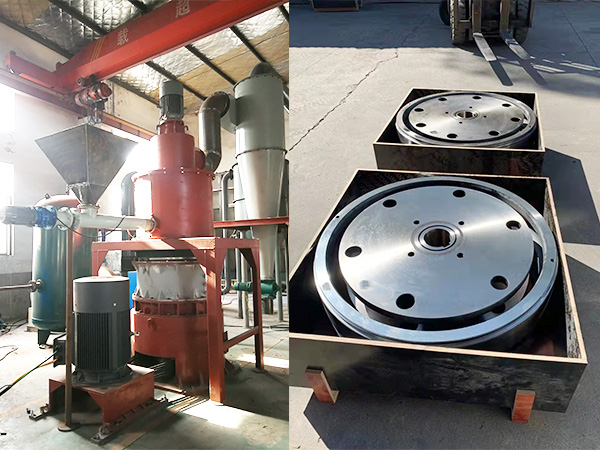At present, the main fillers used in synthetic rubber are carbon black, white carbon black, silicate, carbonate, metal compounds, etc. With the developing demand for environmental protection, the production cost of carbon black and white carbon black has been increasing. Finding alternatives for carbon black and white carbon black is an important developing direction for the rubber industry.
China is rich in Kaolin mineral resources, with 267 proven mineral deposits as well as 2.91 billion tons of proved reserves; The process of Kaolin is simple and of low production cost. Natural rubber has excellent physical and chemical properties. Filling natural rubber with kaolin can better develop the resources in China and maximize the applications of natural rubber.

Li Xiaoqing et al studied the mechanical properties of kaolin reinforced rubber composites. Experimental results show that:
(1) With the increase of kaolin filler, the Shore A hardness of the rubber increases, the tensile strength, 100% tensile stress, 200% tensile stress, and the rebound rate decrease; When 90 parts of kaolin are applied, the rubber density reaches maximum. When 50 parts of kaolin are applied, the tear strength reaches maximum. Meanwhile, when the rebound performance is reduced, it still has a high rebound rate, which brings more development and application value.
(2) The maximum Shore hardness of the rubber reinforced with kaolin is 52 degrees. Compared with the research of natural rubber composites filled with carbon black and white carbon black by Bai Yang et al and Ji Chunmei’s research of natural rubber reinforced with carbon black, which hardness is 60 ~ 70, the hardness of natural rubber filled with kaolin is lower than that filled with white carbon black and carbon black.
(3) In Peng Qianqian’s research on reinforcing styrene-butadiene rubber with white carbon black, it shows that the tear strength is 30 ~ 36kn / M; The tensile strength is 14.7 ~ 15.8mpa; 100% constant tensile stress is 1.1 ~ 3.7MPa. By comparison, it is found that the tear strength of natural rubber reinforced with kaolin is close to that of styrene-butadiene rubber reinforced with white carbon black, while the tensile strength and 100% constant tensile stress are much higher than that.
(4) Yao Binbin found that the rebound rate of natural rubber reinforced with white carbon black was 46%-48%; Hu Baoli et al found that the rebound rate in white carbon black reinforced with white carbon black was 49%~58%. After comparison, it shows that even when 110 parts of kaolin are applied, the reinforced rubber still has high elasticity, and the rebound rate reaches 64%. The rebounding performance can be improved by filling the rubber with kaolin, and therefore high-elasticity rubber products can be provided for industrial fields.